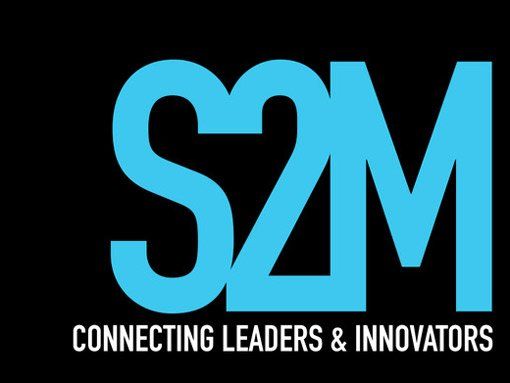Trends in media buying in 2018
As technology changes and shifts the way we do marketing, digital marketers seem to be shifting their influence over marketing budgets to online marketing over traditional marketing methods. As campaign budgets are expanding into the digital space, media buying has changed substantially to accommodate.
There are a few big changes that have occurred in the time, namely that marketers are allocating an increasing proportion from physical inventories into digital media buying, with programmatic seemingly taking over the digital advertising space.
In 2018, as programmatic marketing is in full swing, digital media buying trends have started to emerge.
1. Video is still the most valuable asset
Since Google launched TrueView, the idea that digital video could produce an effective click-through conversion became real. With Facebook launching with video integration into newsfeed shortly after, video advertising still remains the most prominent in 2018.
As video still becomes the most valuable asset, those in the digital media space will continue to hone their efforts into building engaging content and thoughtful video advertising, as video maintains its dominance in the digital advertising space.
2. Audiences tailoring matters more than ever
Tailoring messages to video can be difficult, as audiences are becoming increasingly aware to the prospect of being sold to within social media.
While using video is effective, being able to understand how audiences interact with the video has become increasingly important. I’ve seen one in-house advertising department burn through serious cash ($300k a month!) on online video campaigns, only to fail to cater to the right audience.
Building an audience around your inventory is becoming more in vogue, as people are seeing the rewards of using video to fill in the gaps within the market.
3. Fraud detection is on the rise
With the rise in fake news, it’s hard to imagine this trend continuing without continuous fightback. Fraud detection tools are becoming increasingly popular, and advertisers and publishers are taking the necessary precautions to ensure that their clients don’t fall into the trap of these untrustworthy sites. As a consequence of the global review into the effectiveness of media, publishers and advertisers have begun developing standard practices to eliminate fraud also.
Above all else, as the core audiences shift from traditional media to digital media, media agencies are constantly having to adapt to suit the audience. “Go to where the people are” has never mattered more than in digital media buying, and soon we may see media buying shift entirely to digital. We will have to wait and see.






